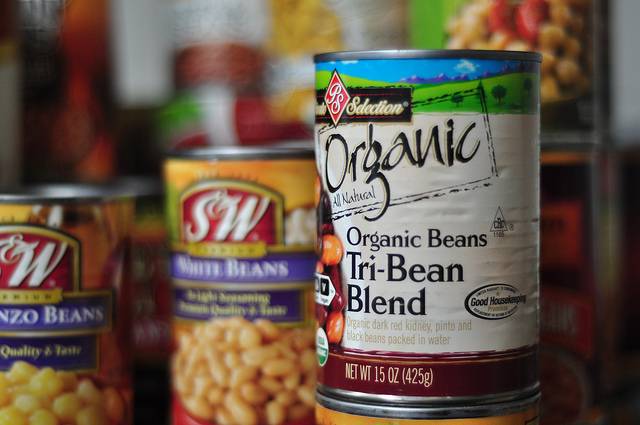We all know that the wage against unhealthy eating habits is largely found in the grocery store choices we make. Today you’ll be doing some healthy menu planning and learning about grocery shopping tactics. Set aside at least half an hour for this task.
Let’s begin by getting all of the supplies you’ll need ready. Remember that you can change foods you eat, pick healthier recipes, and add more vegetables, fiber or whole wheat while making your menu – as much or as little as you want. Create a plan that will work for you and slowly fade out the “bad” food and as you are doing that add some of the healthy.
Healthy menu planning tactics
Things You’ll Need:
- Cookbook, mobile phone, or computer – to find the recipes
- Calendar – you can use your mobile phone, a piece of paper, a journal specific for this, or your computer
- Grocery list – again you can use your mobile phone, paper or a journal.
Here are the steps to create a healthy menu for the week. Not all of these steps will apply. Pick a few that work for you and do those. Each week add another healthy option to your weekly menu.

Photo: healthiermi on Flickr
1, Find healthy recipes
Healthy recipes are everywhere! You can buy a cookbook to help you cook meals that are better for your family, but the internet is loaded with free recipes for healthy cooking. Start searching!
Find between 3-5 healthy meals to make throughout the week. This could be breakfast, lunch or dinner. Creating these meals will help you slowly add in healthier options.
One way to incorporate healthier meals into your family’s life is by searching for recipes that are based on your traditional recipes, but healthier options – like vegetable lasagna. These recipes use alternatives to ingredients that contain more fat or calories.
2. Create a menu
Write out each meal for the entire week and slot these new recipes into their appropriate spots. For the remaining meals, choose other recipes/options. The goal here isn’t to suddenly go from eating out all the time to cooking every meal. It’s more about having a big picture view of how you eat throughout the week. If you see, on paper, that you’re hitting a drive-through several times, maybe this exercise will spark a future small change!
Aim to plug those 3-5 recipes you choose into the week somewhere. Just make sure you keep these recipes in a safe place. Print them off and place them in a folder, bookmark them to your browser or pin them on a Pinterest board. However you decide to keep them handy make sure they are easy to find.
3. Make a grocery list
As you write down which recipe you’ll cook each day or what your family is going to eat, make note of the ingredients you’ll need. Be specific. If one recipe requires 20 ounces, make a note in case another recipe requires 16 ounces. That way you can add them together later.
Most mobile phones have a memo app. Typing up the grocery list might take a bit more time if you aren’t a fast typist with your phone, but you’ll always have your list and won’t ever forget it at home. Plus as you think of new ingredients or things you need you can easily add them to your list.
While this task might seem like it takes a lot of time, in the overall scheme of your tasks it doesn’t. In fact doing this one thing will save you a ton of time and help you stay on track with your goals. You won’t be wandering down the aisles multiple times a week to figure out what is for dinner and you won’t be tempted to buy take out.
4. Buy a few healthy staple items
You’ll be buying more fruits and vegetables then you normally would. If everyone in the house is going to eat them, you’ll need enough for the week. As the weeks go by try different produce you’ve never had before, as well as seasonal.
Whole grain should be added slowly if you’re not used of eating it. You can purchase 100% whole wheat bread products, whole wheat pasta and brown rice.
Dairy products provide calcium and shouldn’t be eliminated. Instead, buy low fat. Items like cheese, milk, sour cream, cream cheese, and yogurt are items you can switch. Start slow with the milk – don’t go from whole milk to low fat or 1%. Your family will notice the switch!
5. Go grocery shopping
Before you head out the door – eat! You don’t want to shop while you’re hungry. This leads to snacks in the cart that were not on your list.
Only buy what is on the list. You’ve gone to the trouble of making the list, so only buy what’s on it. You’ll save money by not adding things you don’t need. This will also help with snack foods.
Are you taking one of your children? Make sure they know before you go that they will not be getting anything. Stay strong. If it’s not on your list don’t buy it.
Even if you grocery shop on the weekend, do steps 1-4 today, adding to the list as the week progresses. You won’t regret it!












